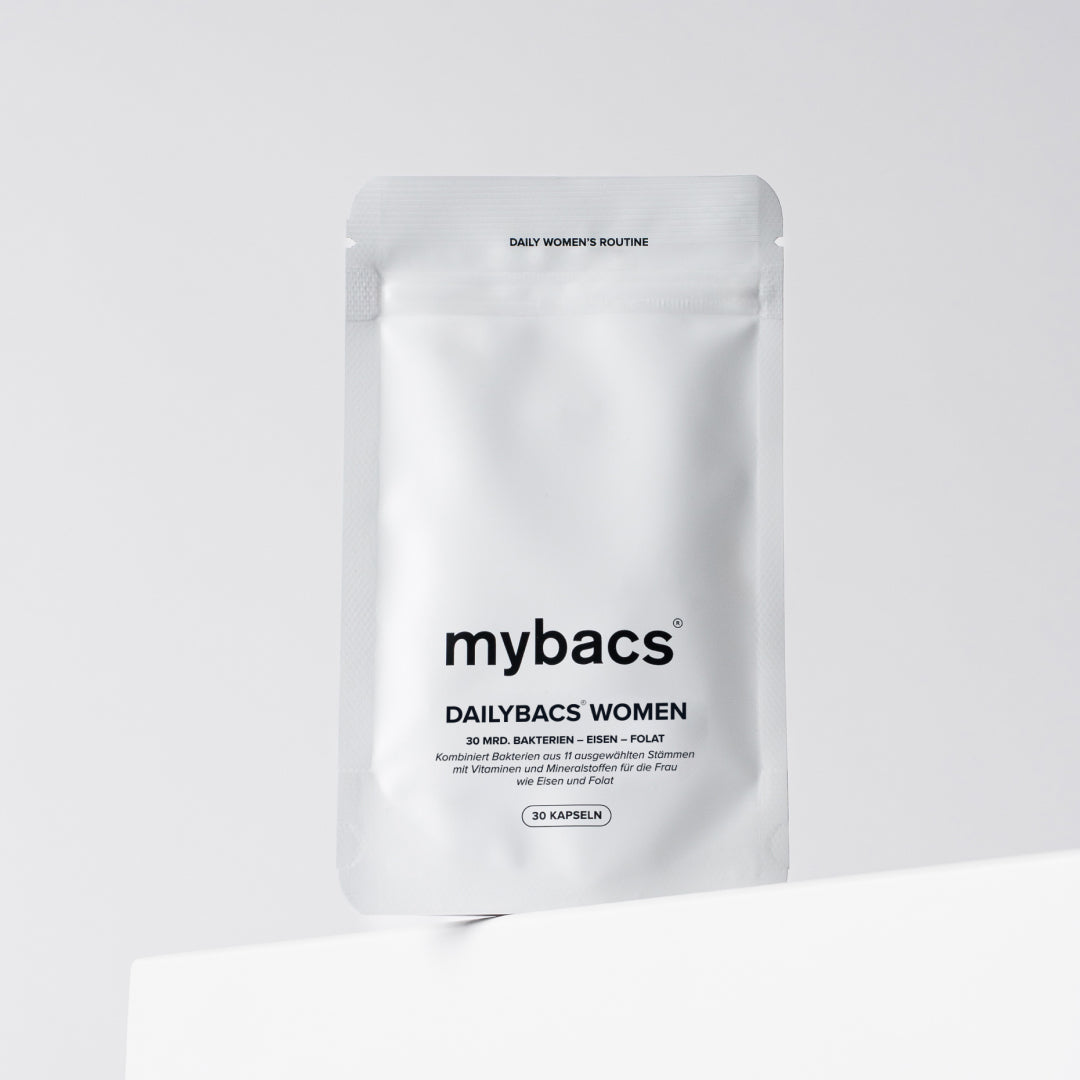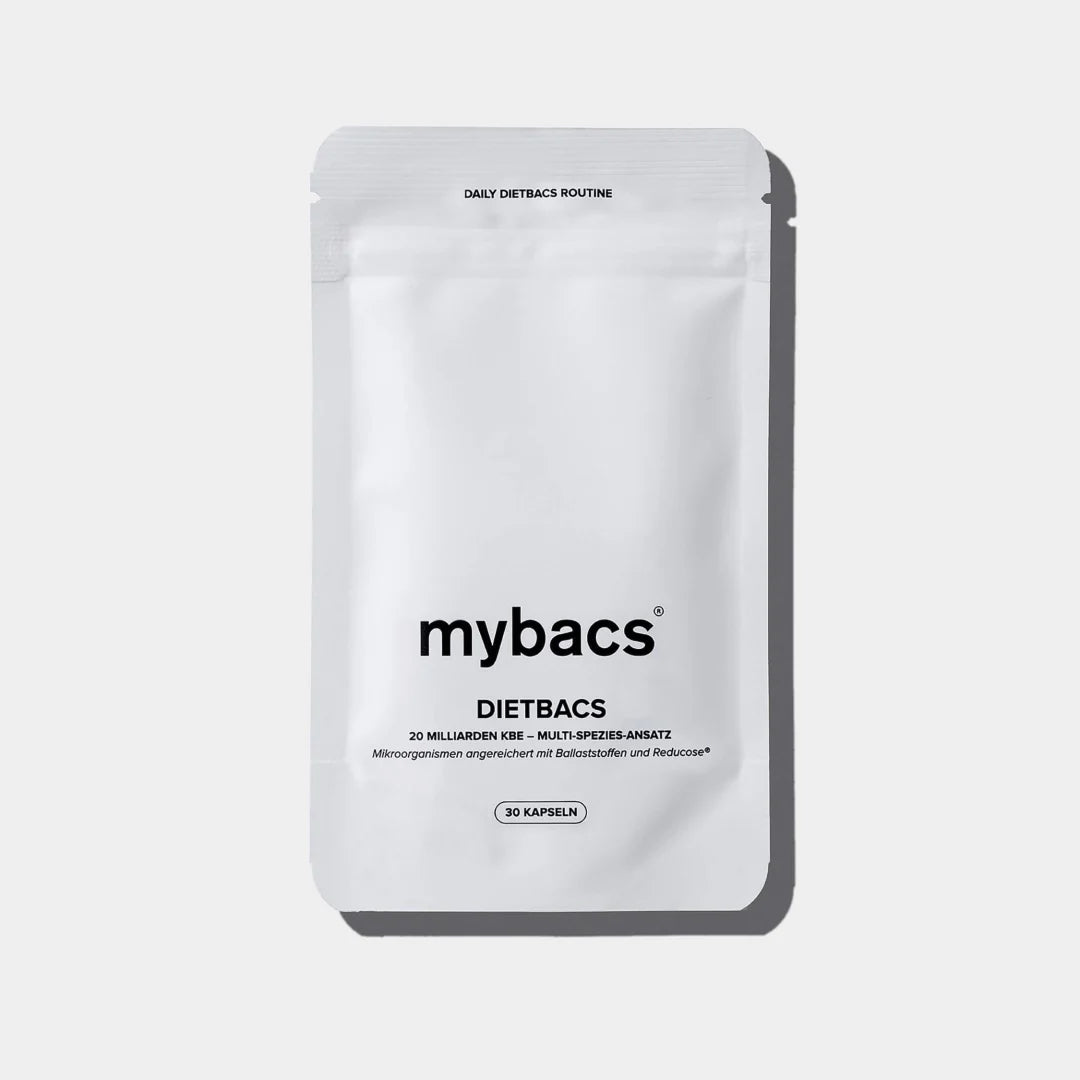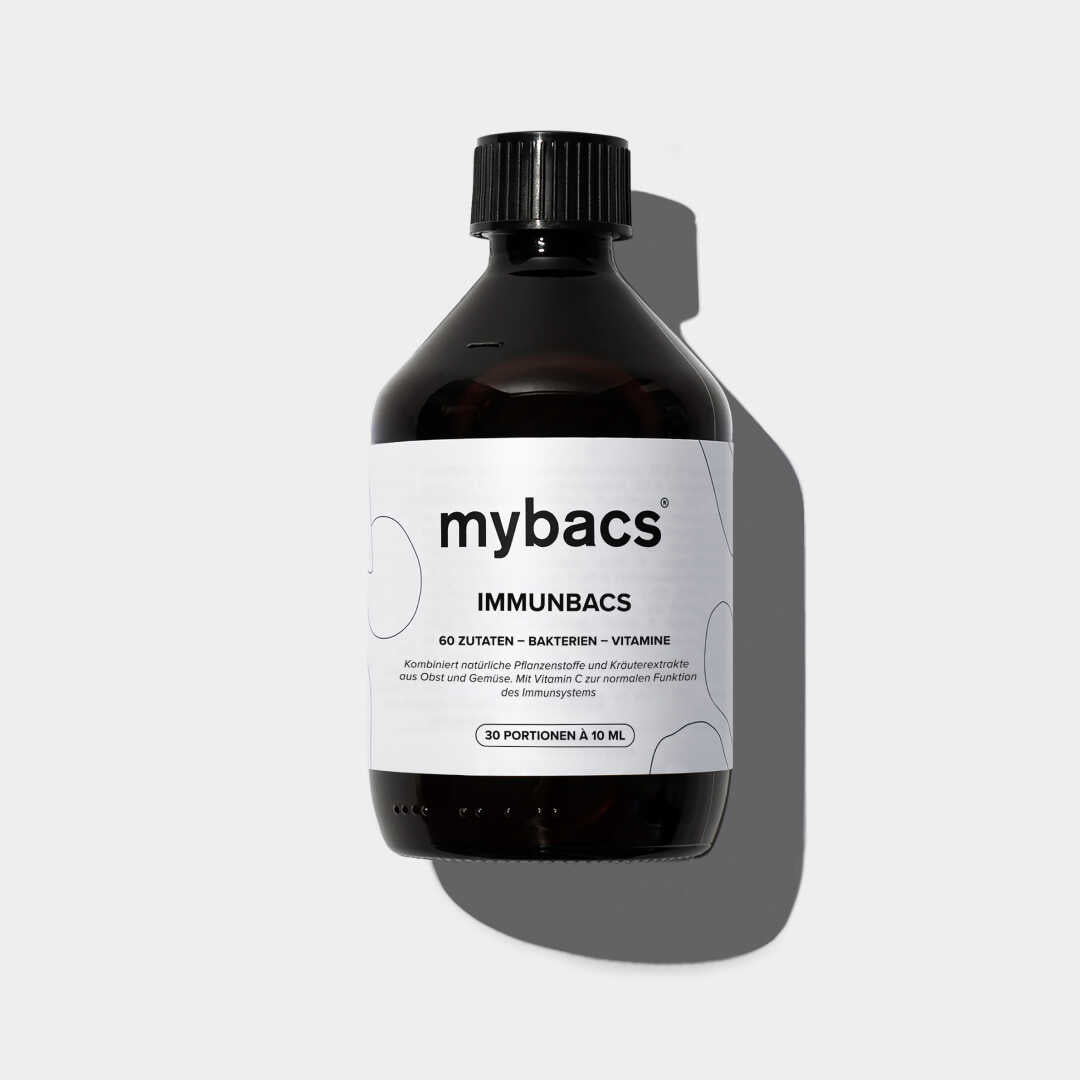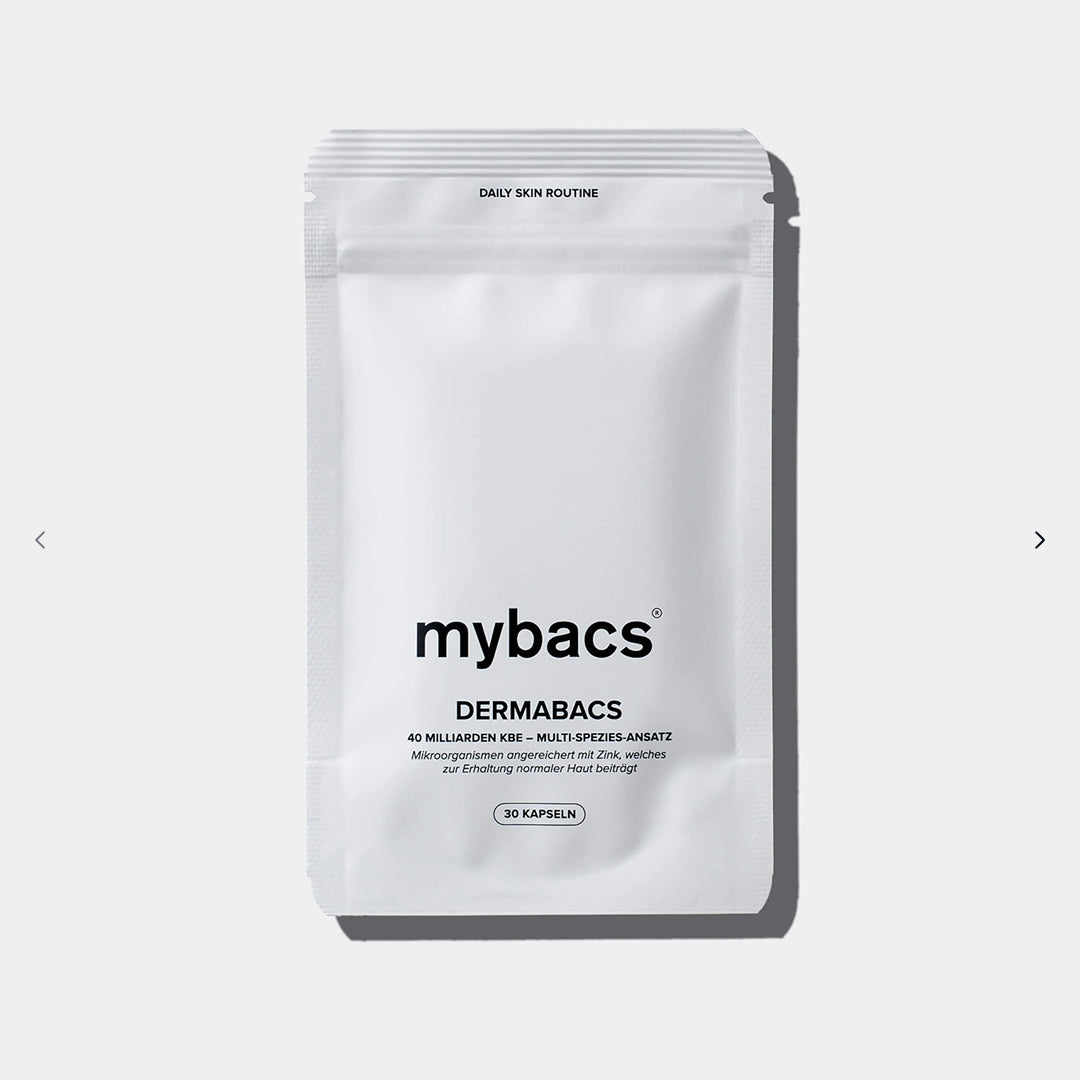In Germany, 12 out of 100,000 people develop a new case of IBD every year. It is striking that most of those affected live in Northern Europe and North America. Our western lifestyle appears to be a risk factor for chronic inflammatory bowel disease. Unfortunately, the exact cause of IBD has still not been conclusively clarified scientifically.
What happens with IBD?
The intestinal defense system must constantly decide whether the intestinal contents are useful nutrients or harmful foreign substances. The intestinal mucosa is the barrier for such foreign substances and prevents them from penetrating the intestinal wall. In IBD, the intestinal mucosa is altered and this barrier is weakened. This allows both harmless and harmful substances to penetrate the intestinal wall. In both cases, this triggers a defensive reaction of the immune system that leads to inflammation. This inflammation damages the intestinal tissue.How do you notice IBD?
Once the intestine has become inflamed, symptoms such as persistent diarrhea, abdominal pain and persistent weakness are very likely. IBDs occur periodically, i.e. phases with symptoms alternate with symptom-free intervals. The severity, duration and frequency of such relapses vary greatly and are therefore difficult to predict. Typical symptoms include mucous diarrhea and stomach pain. In addition, around 35% of those affected suffer from symptoms outside the digestive tract. These include symptoms in the joints, skin, eyes, liver and bones. In children and adolescents, this disease can lead to severe weight loss and growth disorders.What are the differences between ulcerative colitis and Crohn's disease?
The two diseases differ significantly in which parts of the digestive tract are affected. You can now find out more about the two diseases:Crohn's disease:
Crohn's disease can affect the entire digestive tract - the entire area from the mouth to the anus. However, the disease most frequently occurs in the final sections of the small intestine. The special thing about Crohn's disease is that the affected parts of the digestive tract are usually not connected to one another. This means that healthy and unhealthy parts of the intestine alternate - a kind of "patchwork" of healthy and diseased parts of the intestine.If a patient suffers from Crohn's disease, this means that all layers of the intestine are affected in the inflamed areas. In some cases, they are even completely destroyed! One result of this is, for example, abscesses, i.e. pus pockets, or fistulas. If fistulas occur, the inflammation has dug "channels" into the intestinal wall and the surrounding tissue. In addition, so-called stenoses can occur - this is the term for scarred narrowing of the intestine.
It has been scientifically proven that Crohn's disease has a strong genetic component. However, other influences on the organism such as personal hygiene, diet and psychology also play an important role.
To summarize again briefly:
- Can occur throughout the digestive tract (mouth to anus).
- A segmental-discontinuous infection occurs, i.e. inflamed segments of the digestive tract alternate with non-inflammated segments.
- The inflammation of the intestinal wall extends across all layers of the intestinal wall.
Ulcerative colitis:
This chronic intestinal disease is translated as “colon inflammation with ulcers”.It differs from Crohn's disease explained above in that the inflammation caused only occurs in the large intestine. Another difference is that the patient's intestine is continuously diseased. This means that there are no inflammation-free sections in the intestine once the disease has broken out. Another interesting fact is that ulcerative colitis begins in the rectum and spreads from there orally. In addition, this disease only affects the top layer of the intestine and does not penetrate into deeper layers of the intestine like Crohn's disease.
To summarize again briefly:
- Only affects the colon and rectum.
- The inflammation spreads continuously from “back” to “front” (ie from anal to oral).
- Only the top layer of the intestinal wall, the intestinal mucosa, is inflamed.
If the intestinal barrier is not intact, the immune system is impaired. This makes it easier for bacteria to enter the body and cause systemic inflammatory reactions - just like in the two diseases discussed above. Unfortunately, over time, systemic inflammation can even become chronic inflammation. This in turn can lead to symptoms that also appear outside the intestine. These include inflammation in joints, ligaments, muscles, skin, eyes and the liver. In addition, long-term disease of the colon significantly increases the risk of colon cancer.
How can IBD be treated?
In general, chronic inflammatory bowel diseases are classified according to their intensity and treated accordingly. If the disease is acute, doctors usually prescribe medication to reduce the symptoms and inflammation that occur, as these can cause very severe pain. The main goal of treating IBD patients is therefore to enable them to live as symptom-free as possible.The latest studies show that probiotics have a positive effect on the course of the disease, as they can reduce various symptoms. These are therapeutic procedures that aim to positively influence the composition of the intestinal mucosa through various microbiological corrections.
Crohn's disease is currently incurable, but ulcerative colitis can be cured by surgical removal of the colon and rectum. Treatment is multimodal and can provide good control of symptoms and lead to a high quality of life for many patients. Probiotics can also be used in the treatment.
- https://www.mondosano.de/ratgeber-artikel/ced
- http://www.gastroenterologie.usz.ch/fachwissen/morbus-crohn-colitits-ulcerosa/Seiten/default.aspx
- https://www.deutsche-apotheker-zeitung.de/daz-az/2004/daz-26-2004/uid-12167





